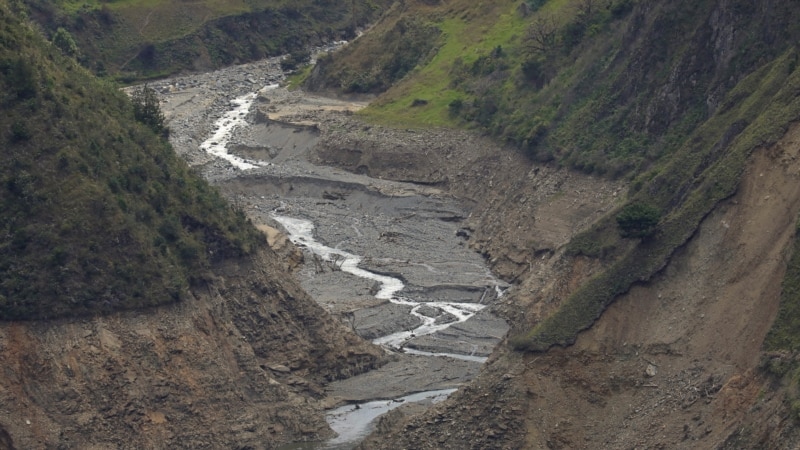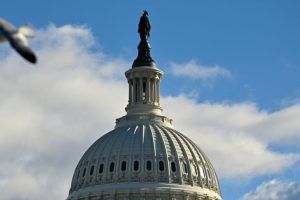A few light drops of rain on Saturday morning could be the sign that Ecuadorians have been waiting for in recent days. The arrival of the rainy season, which has been characteristic since the beginning of September, was delayed this year more than it should have been and with it other problems have also multiplied, which have been widely commented on by the public.
One of the most impactful is forest fires, which have also hit Brazil, Bolivia, Paraguay and Colombia, among other countries, hard this year.
According to the Pan American Health Organization (PAHO), in a Public Health Situation Analysis, “between January 1 and September 10, 2024, 338,616 fire outbreaks have been detected in South America, an increase of 99% compared to the same period in 2023.
The report notes that 67.31 million hectares have been burned, “reaching levels not documented since 2010” and this, according to PAHO, has affected air quality and the health of populations.
According to the most recent assessment by Ecuador’s National Secretariat for Risk Management, last Thursday, August 19, 1,337 forest fires have been recorded in the Andean country from August 23 to September 18, 2024, in 21 of the 24 provinces. This represents 284 more fires than in the same period in 2023.
The damage to vegetation cover is enormous for a country of its size: 23,453.48 hectares, which led the National Emergency Operations Committee to declare, on Thursday, a “national red alert due to water shortage and forest fires” in 15 provinces.
The body was convened again on Saturday afternoon to make new decisions, because the country “is facing the worst drought in the last 61 years,” with 71 days of hydrological drought… After the session, what was predicted: new blackouts that began this Sunday for 9 hours, according to the announcement, in 12 provinces.
The National Secretary for Risk Management, Jorge Carrillo, stressed that the declaration of red alert on Thursday was justified by an “unprecedented water deficit”, which has affected the agricultural sector, the distribution of vital liquid, has multiplied forest fires and has prevented a normal distribution of electric energy, considering that the main source of generation in the country is hydroelectric.
Carrillo also explained to the Voice of America The government decision, among other things, authorizes the Foreign Ministry to request international cooperation for the allocation of resources and provides for the activation of local emergency operations committees in the most affected areas.
This week, the return of electricity rationing was once again in the news. The government justified the nationwide blackout that occurred between Wednesday night and Thursday morning as part of maintenance of the National Transmission System and distribution networks. However, despite the government’s denial, there are those who believe that it could be the beginning of new cuts, this time on a large scale.
One of the provinces most affected by forest fires, after the border provinces of Carchi and Loja, is Pichincha, where Quito, the capital, is located. The commander of the city’s Fire Department, Esteban Cárdenas, revealed that so far this dry season, 291 and 1,601 fires have been recorded, affecting 1,903 hectares of different types of vegetation.
For Cárdenas, this has been the year with the most complex weather conditions for Quito since 2012, with a long summer and multiple problems, such as fires caused by man.
Javier Macas, a weather forecast analyst at the National Institute of Meteorology and Hydrology (INAMHI), said that it is normal for rainfall levels to decrease in parts of the region in July, August and early September, due to the “displacement” of the systems that cause them. However, he is convinced that this time the phenomenon is much more intense.
Despite the difficult situation in the region and the adverse weather conditions, the specialist explained that at least in Ecuador this situation could begin to change next week, until it becomes normal next October.
For now, Ecuadorians are just waiting for the return of the rains, which sometimes also have adverse effects on nature. However, the commander of the fire department in Quito considers it important to work on strengthening prevention and education, acquiring technological systems for monitoring early warnings and preparing for future events, but for now, little is said about this topic.
Connect with the Voice of America! Subscribe to our channels YouTube, WhatsApp and the newsletter. Activate notifications and follow us on Facebook, X and Instagram.















Add Comment